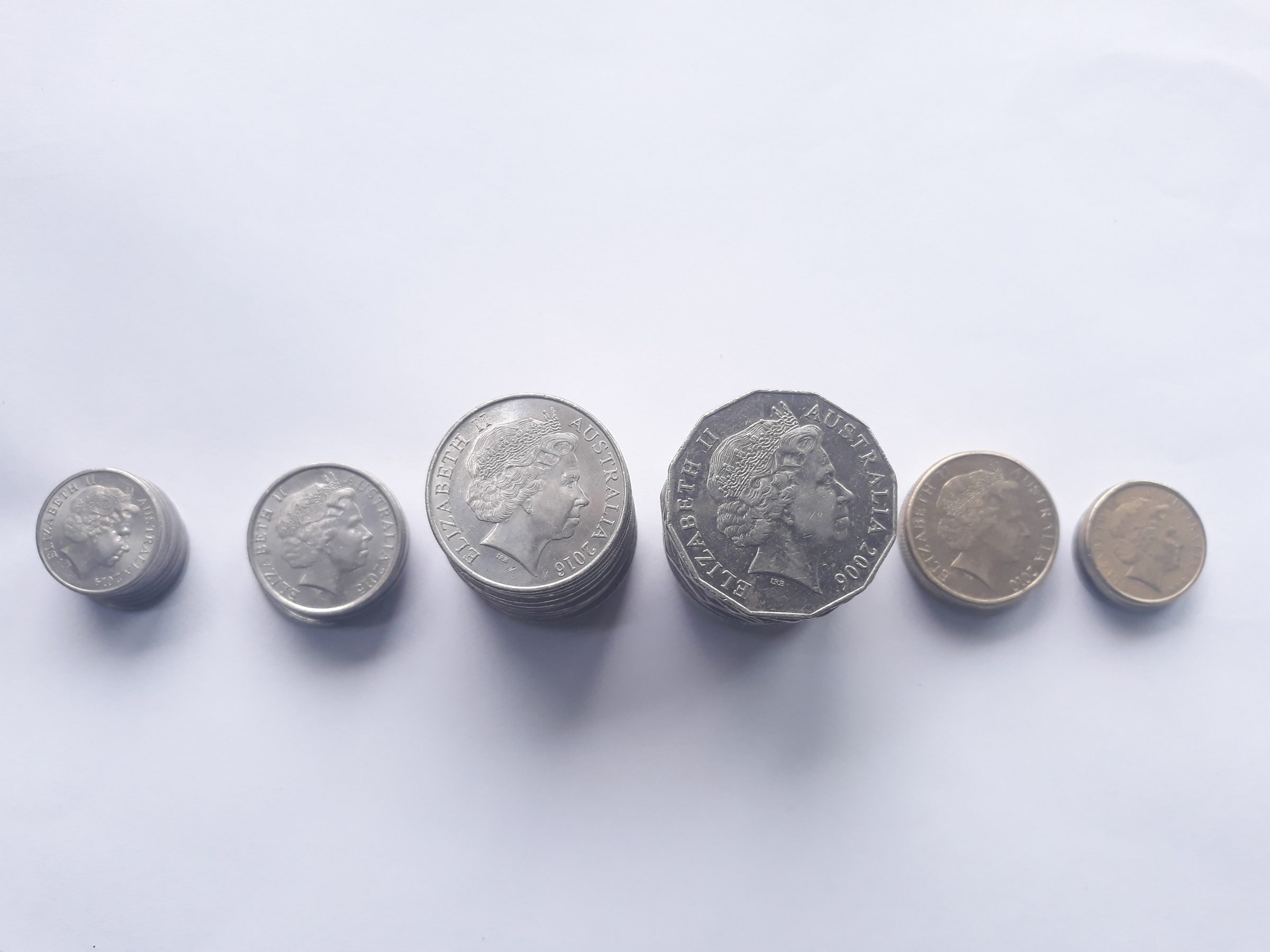Bendigo Superannuation Pty Ltd (ABN 23 644 620 128 AFSL 534006) (Bendigo Super) is the trustee of the Bendigo Superannuation Plan (ABN 57 526 653 420) which includes the Bendigo SmartStart Super and Bendigo SmartStart Pension (Super Products).
Before making an investment decision in relation to the Super Products, read the relevant Product Disclosure Statement, available from this website (www.betashares.com.au/super) or by calling 1800 033 046, and consider whether the product is right for you. You can find the Bendigo SmartStart Super Target Market Determination here and the Bendigo SmartStart Pension Target Market Determination here.
Betashares Capital Limited (ABN 78 139 566 868 AFSL 341181) (Betashares) is the responsible entity and issuer of the Betashares Funds, as well as Betashares Invest, the IDPS-like scheme available through Betashares Direct.
Before making an investment decision, read the relevant Product Disclosure Statement, available from this website (www.betashares.com.au) or by calling 1300 487 577, and consider whether the product is right for you. You may also wish to consider the relevant Target Market Determination, which sets out the class of consumers that comprise the target market for the Betashares Fund and is available at www.betashares.com.au/target-market-determinations. The Product Disclosure Statement and Target Market Determination for Betashares Invest are available at https://www.betashares.com.au/direct, or by emailing Customer Support at [email protected]. You should also consider the applicable disclosure document for any underlying investment available through Betashares Invest before making an investment decision.
Investments in the Super Products and Betashares Funds are subject to investment risk and the value of units may go up and down. The performance of any Betashares Fund is not guaranteed by Betashares or any other person. Past performance is not indicative of future performance.
This information is general in nature and doesn’t take into account any person’s financial objectives, situation or needs. You should consider its appropriateness taking into account such factors and seek professional financial advice.

